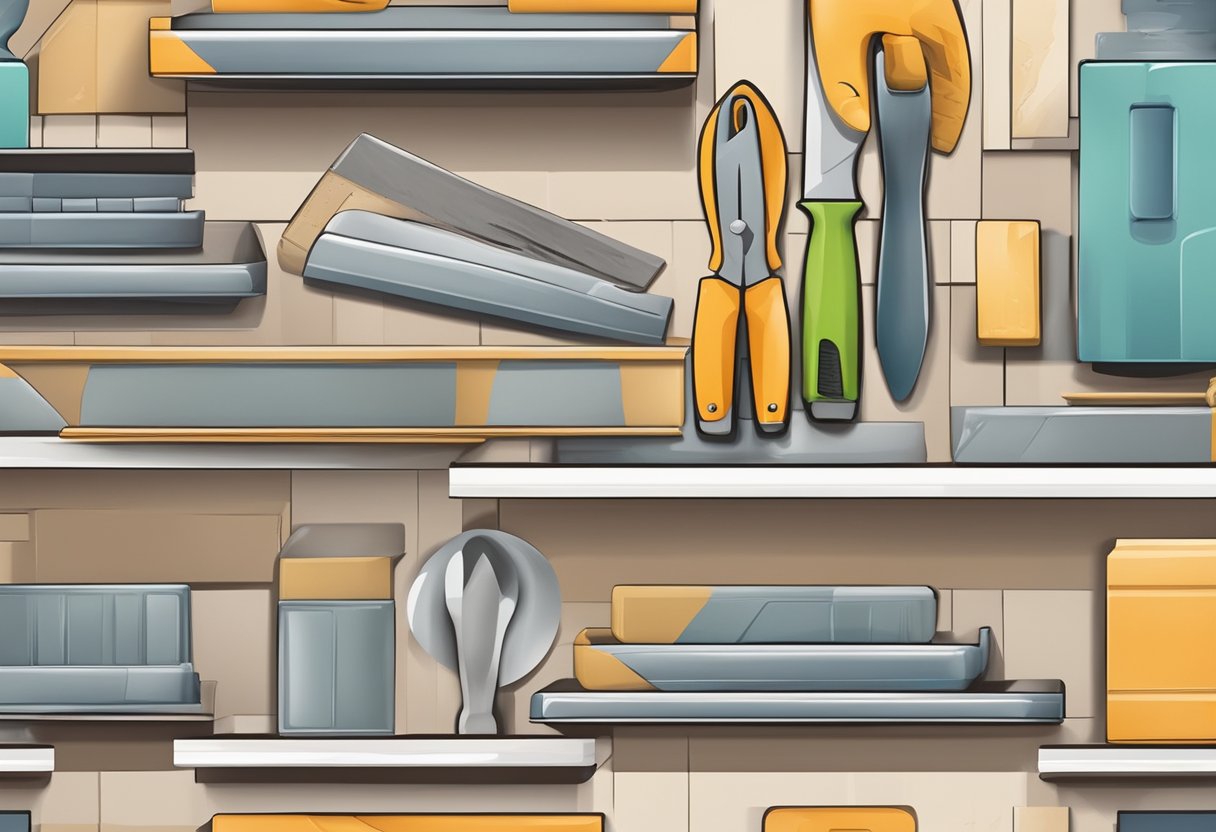Monthly Archives: April 2024
-
15 AprRead more »
When it comes to plastering, choosing the right type of trowel for your project is crucial. The plastering trowel is the primary tool used to apply and shape plaster, so selecting the right one can make a significant difference in the outcome of your project. With so many different types of plastering trowels available, it can be challenging to know which one to choose.

The first thing to consider when selecting a plastering trowel is the size and shape of the blade. The size of the blade will depend on the size of the area you are plastering. A larger blade is ideal for larger areas, while a smaller blade is better suited for smaller, more intricate areas. The shape of the blade can also vary, with some trowels having a pointed end for precise work, while
-
15 AprRead more »
For those inclined towards do-it-yourself projects, possessing the right plastering tools is key to achieving a professional finish. Whether one is patching up a small area or covering an entire room, the outcome heavily relies on using the correct equipment. From mixing to application, each tool plays a critical role in the process.

One essential tool for any DIY plasterer is the plasterer's hawk, a flat plate with a handle used to hold and carry plaster as it’s applied. Another is a reliable trowel, indispensable for the smooth application of plaster onto the surface. For mixing plaster to the right consistency, a m